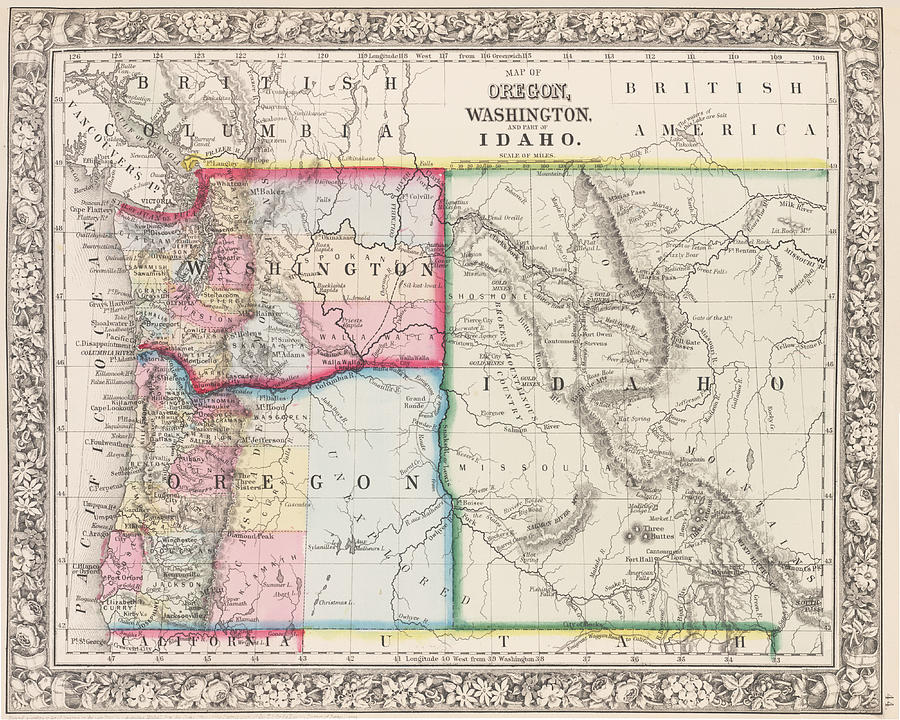


It took until 2009 for the Pacific Northwest Trail to be officially designated a National Scenic Trail – which is part of the reason the PNT remains relatively unknown compared to the Pacific Crest Trail. Strickland and others launched the Pacific Northwest Trail Association in 1977 and began working with volunteers and federal and state land managers to formally assemble segments of trail into a cohesive route. That federal act recognized those earlier trails and called for creation of more. The history of the Pacific Northwest Trail only goes back to the 1960s, and a federal study and report called “Trails for America” – which was inspired, at least in part, by the Appalachian Trail – that led Congress to pass the National Trails System Act of 1968.

The idea for a network of cross-country paths like this can be traced to the Appalachian Trail – which was first conceived in 1921 by a planner named Benton Mackaye, and which was then gradually assembled from existing regional trails throughout the 1920s and 1930s. The official terminus is at Cape Alava, the westernmost point in the continental United States on the Washington coast. The PNT stretches for 1,200 miles from the Continental Divide in Montana, across the Idaho panhandle, and along the northern portion of Washington and then the Olympic Peninsula – crossing Puget Sound requires hiking onto Whidbey Island and taking the ferry from Coupeville to Port Townsend. Among those nine others is one you might not have heard of yet called the “Pacific Northwest National Scenic Trail.” It’s also known as the Pacific Northwest Trail – or the PNT – for short.


 0 kommentar(er)
0 kommentar(er)
